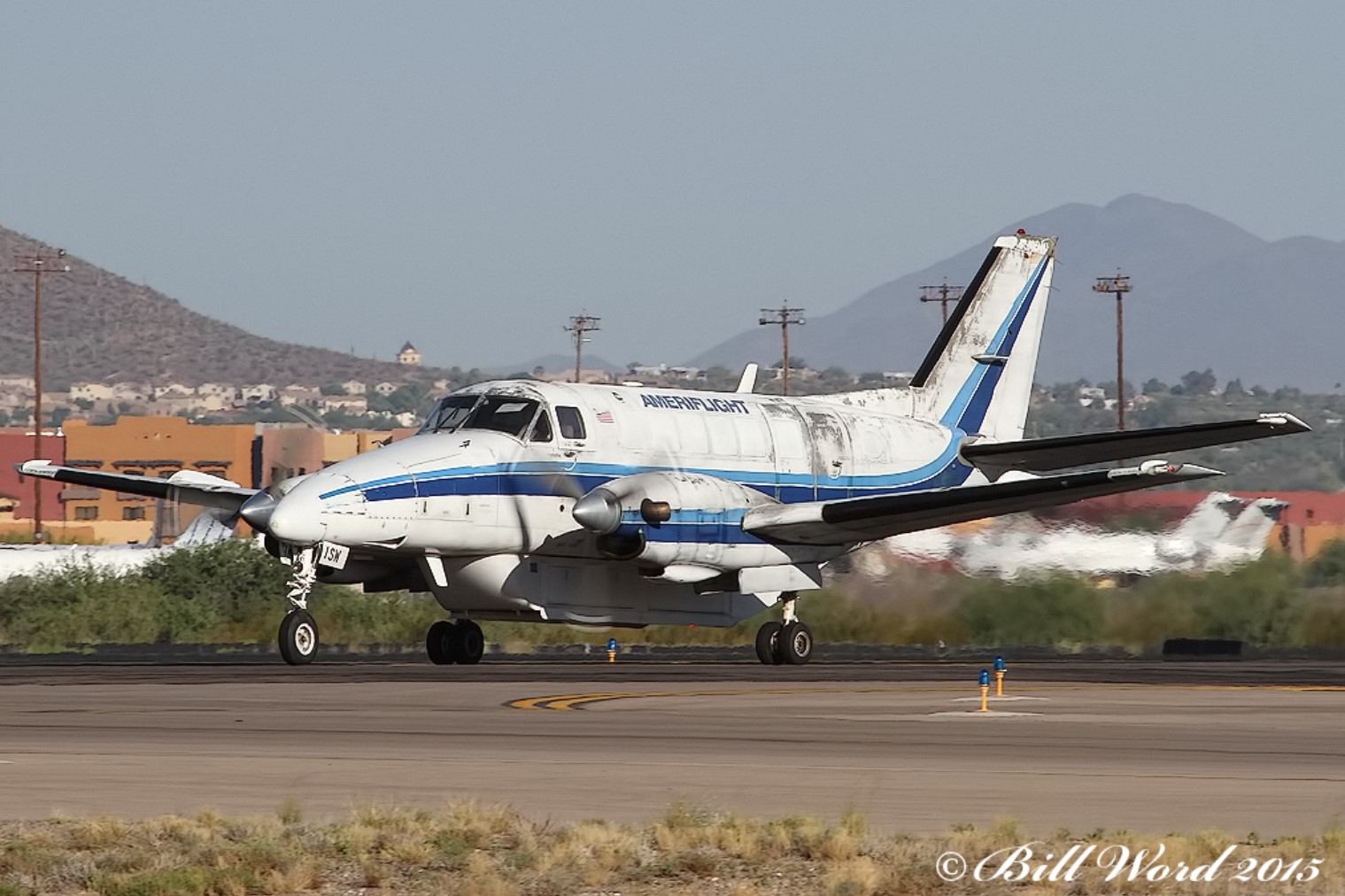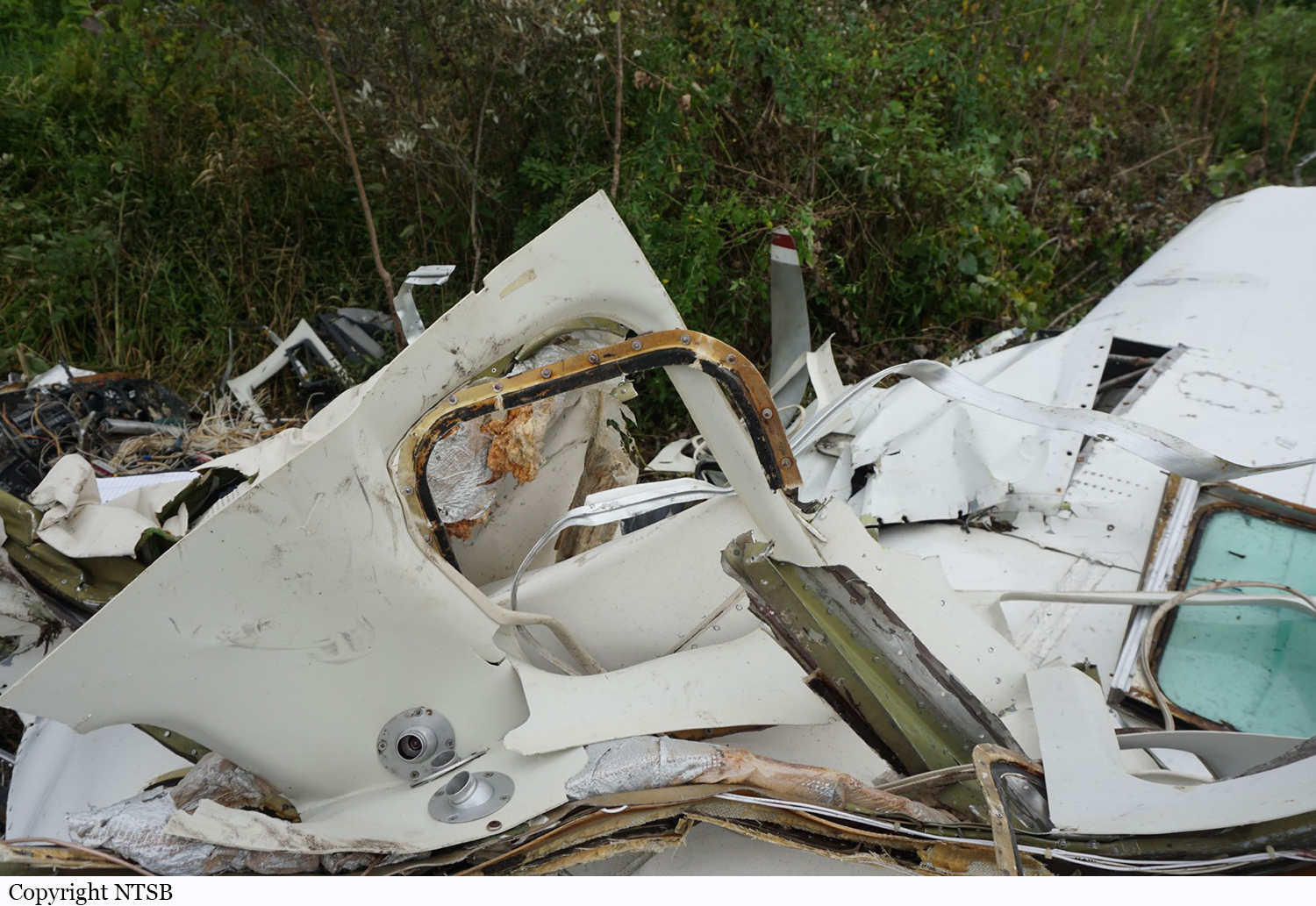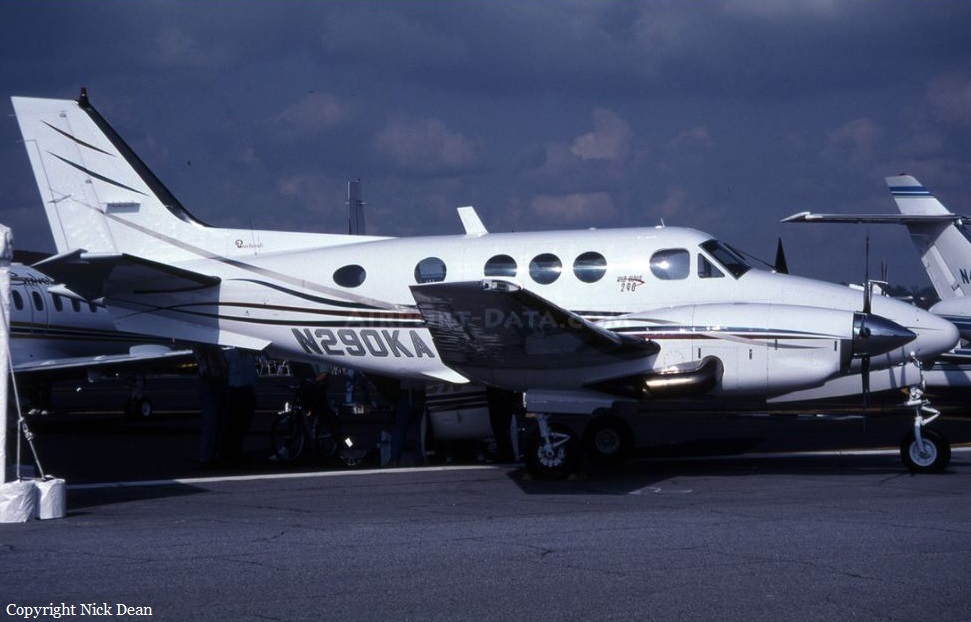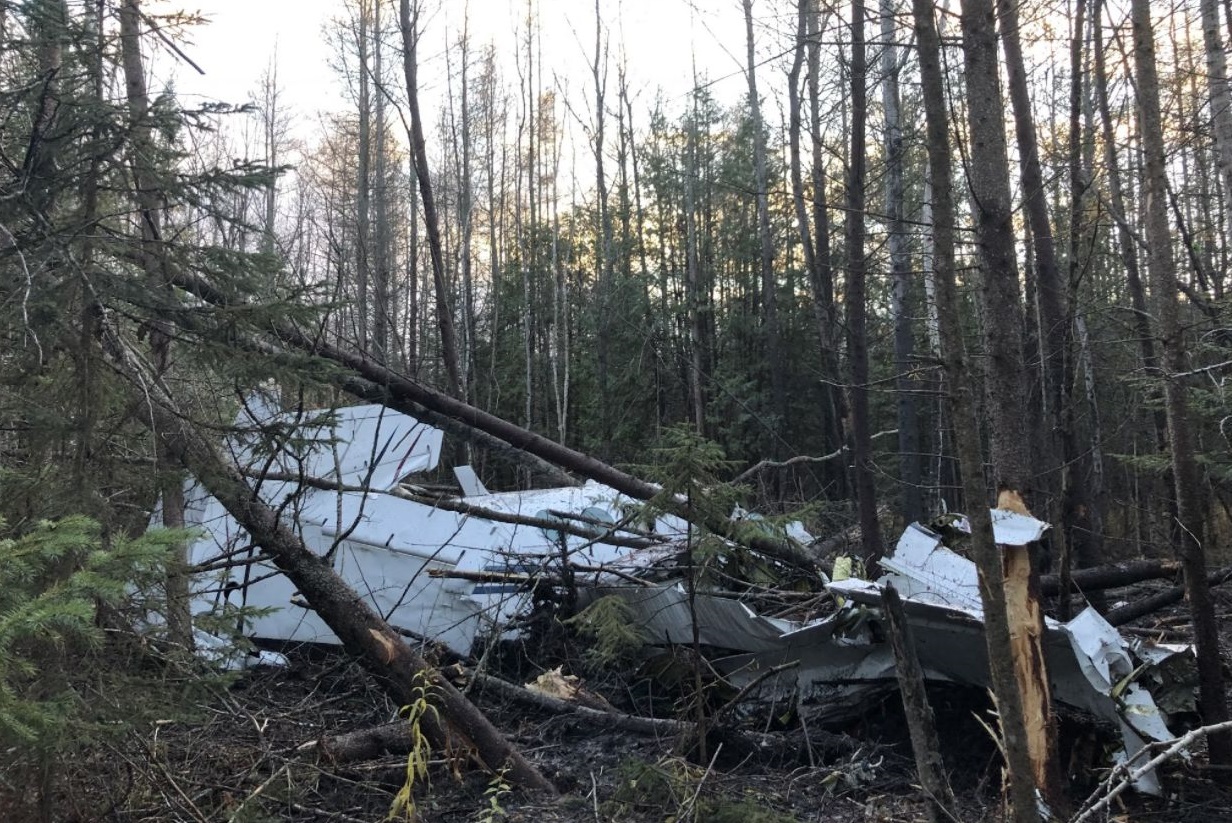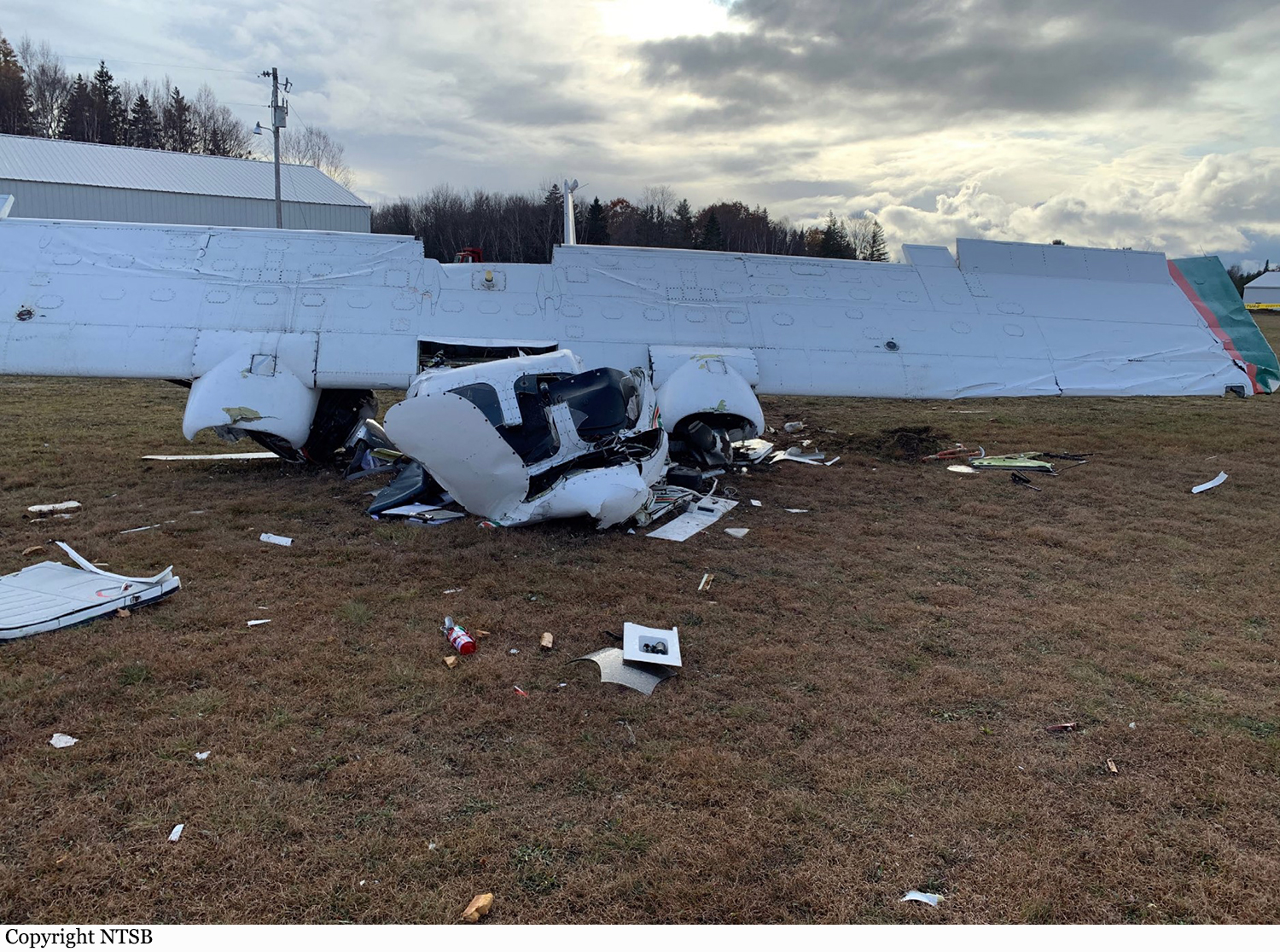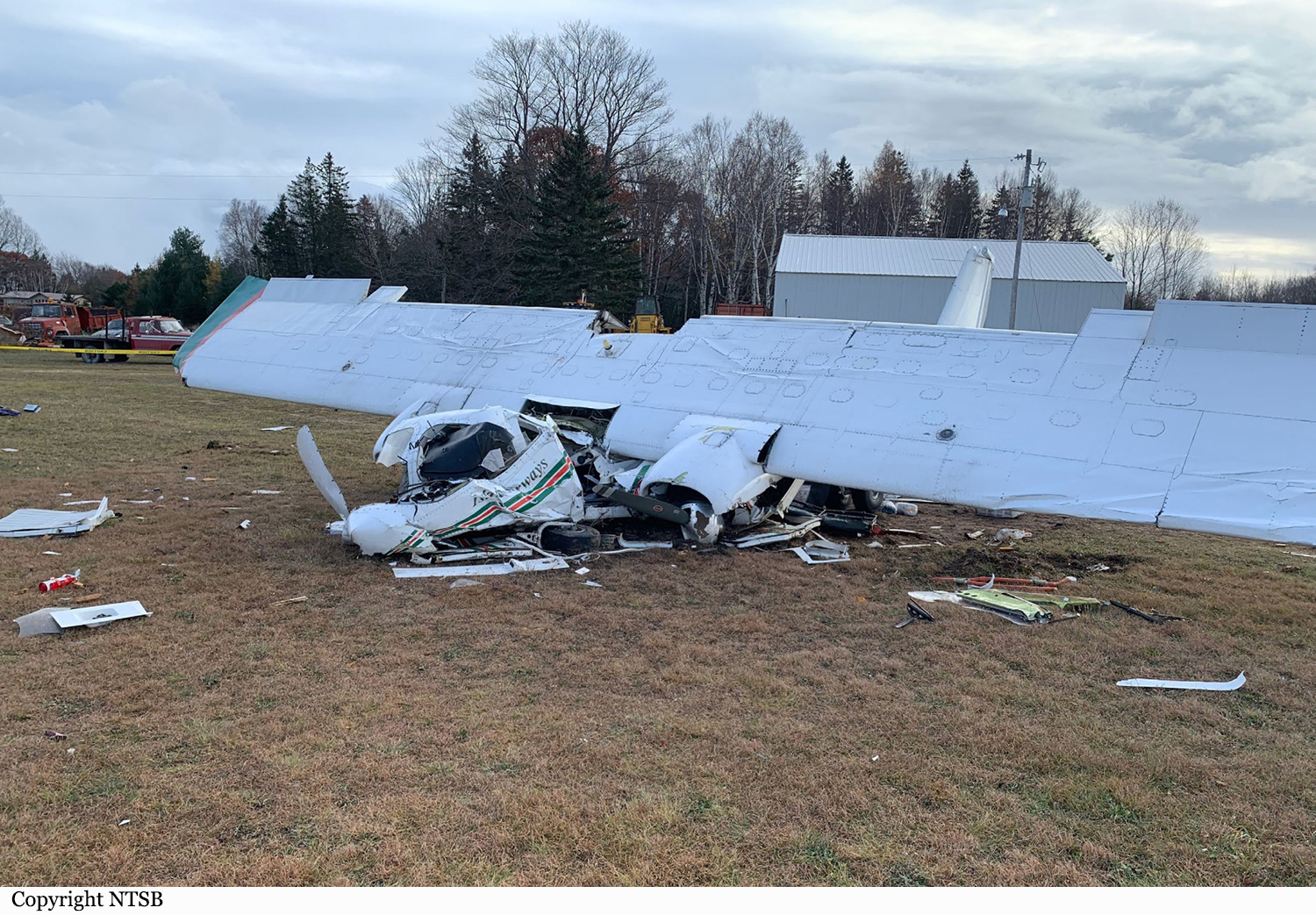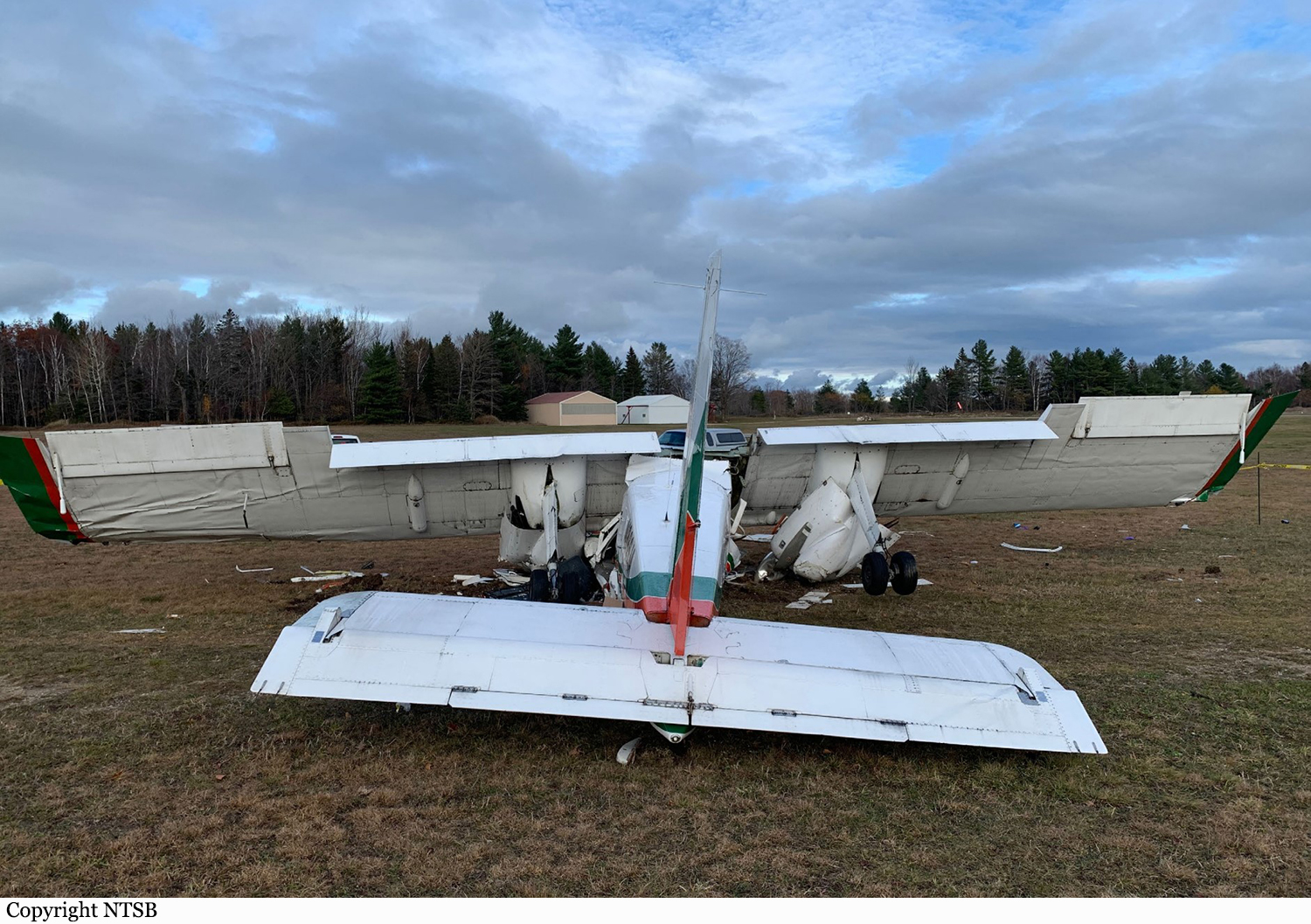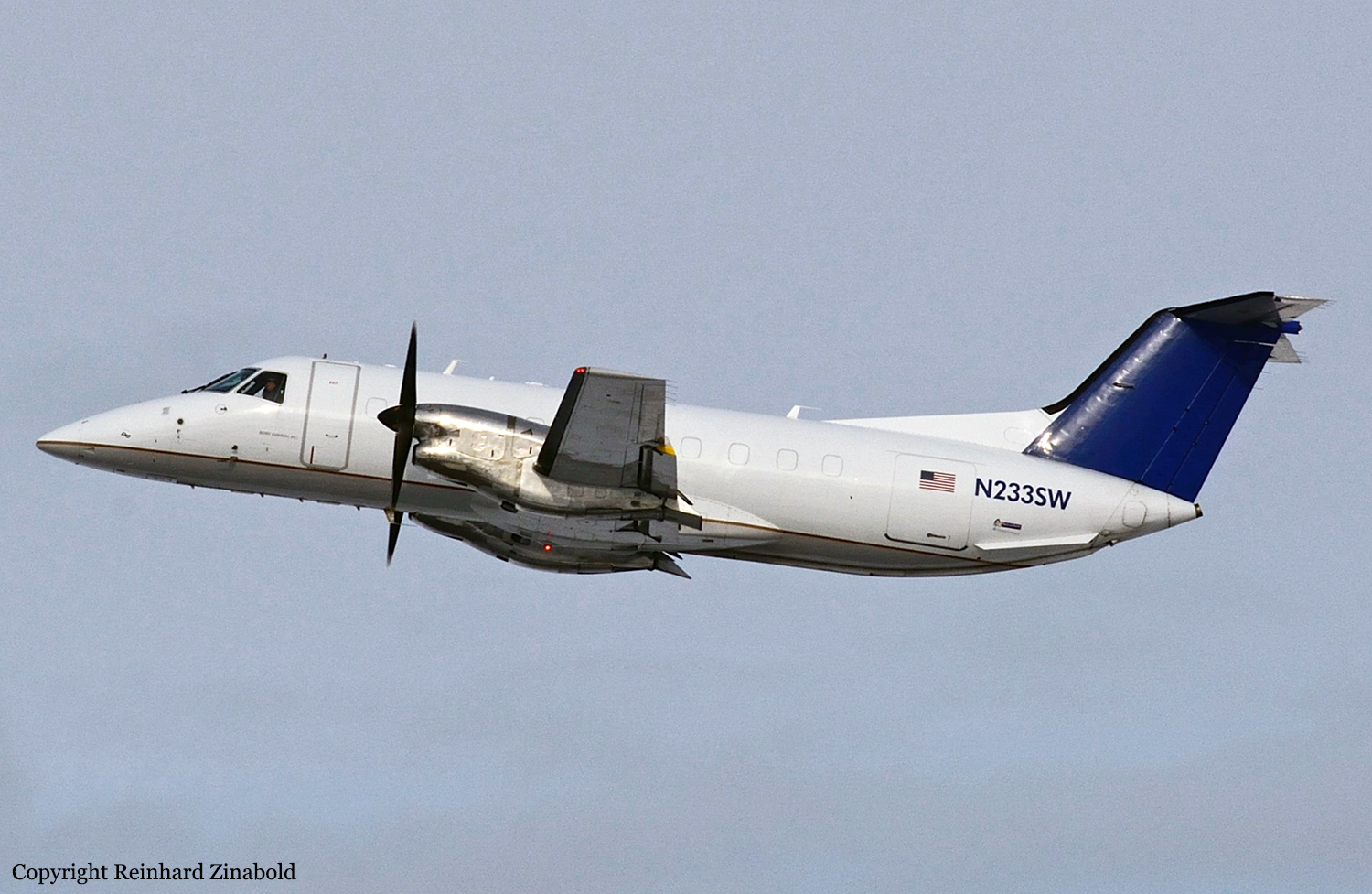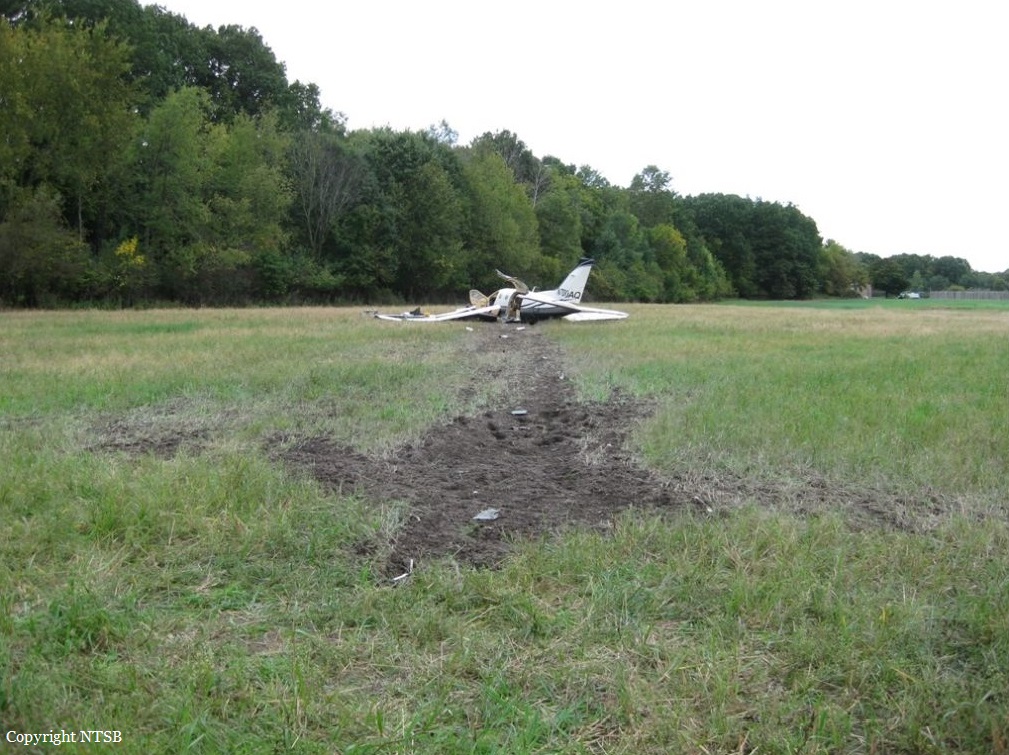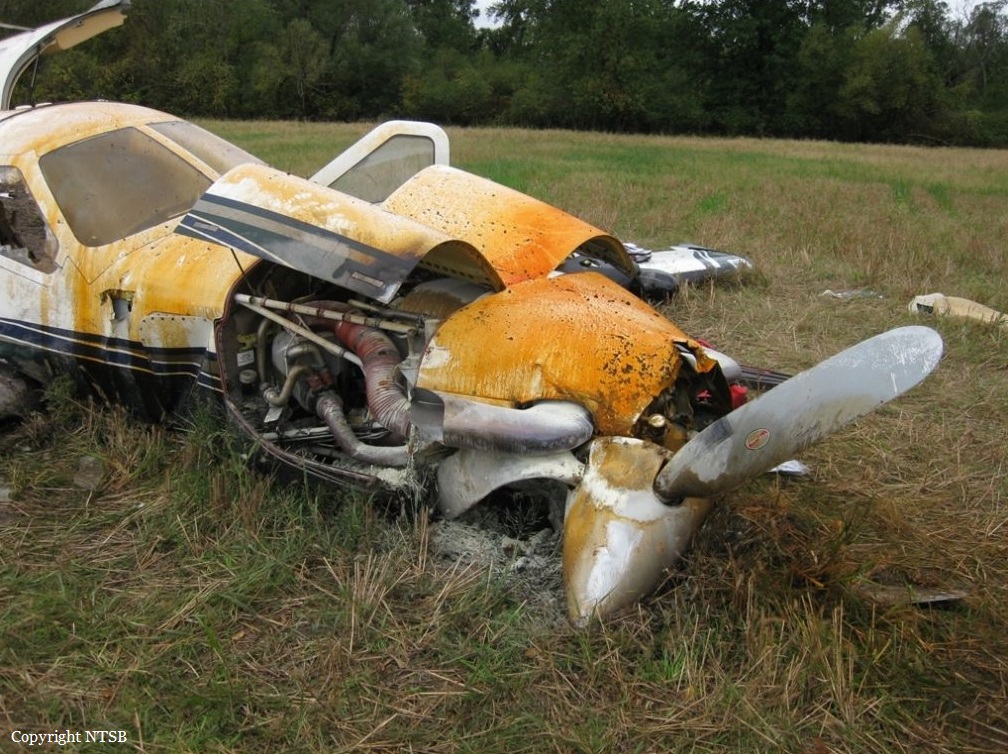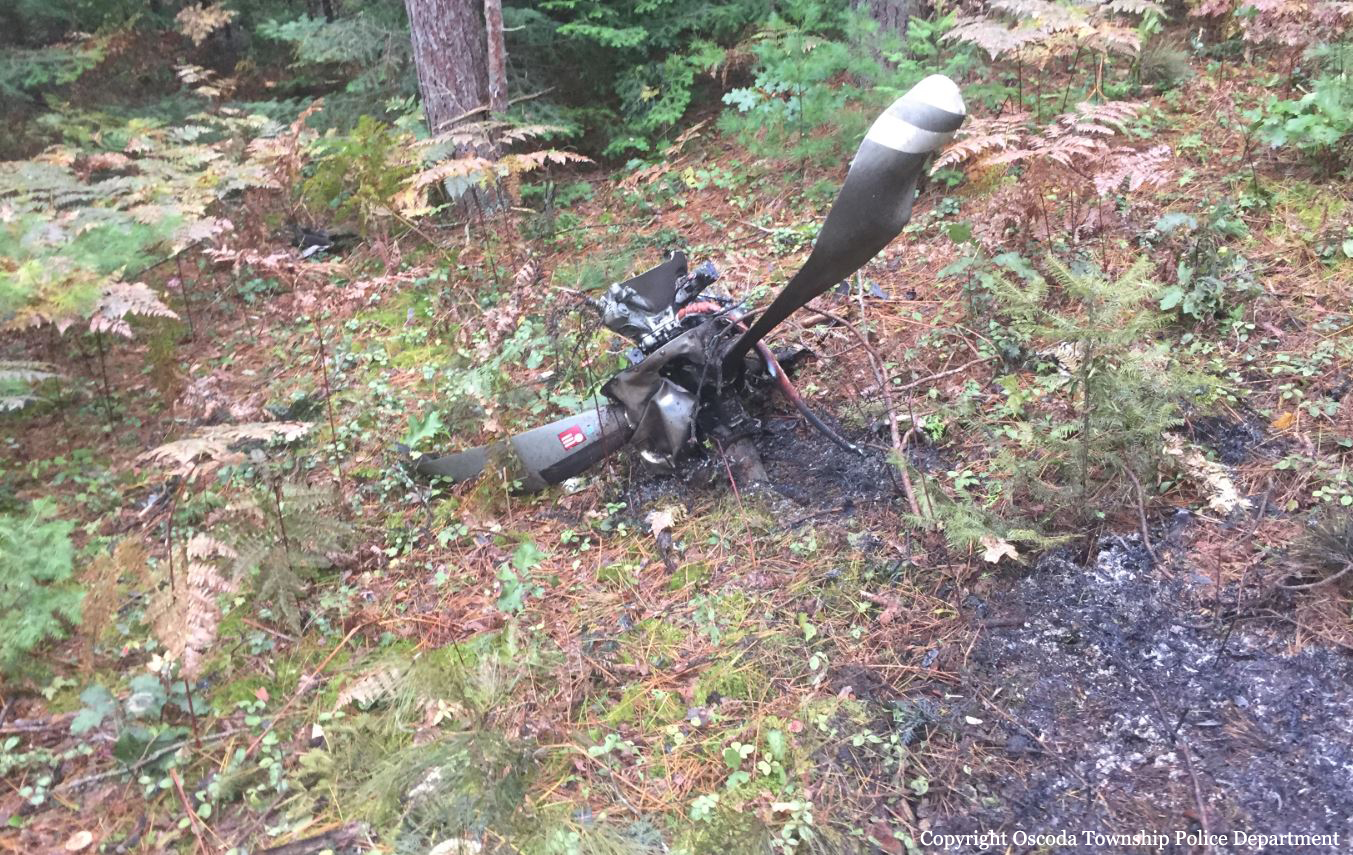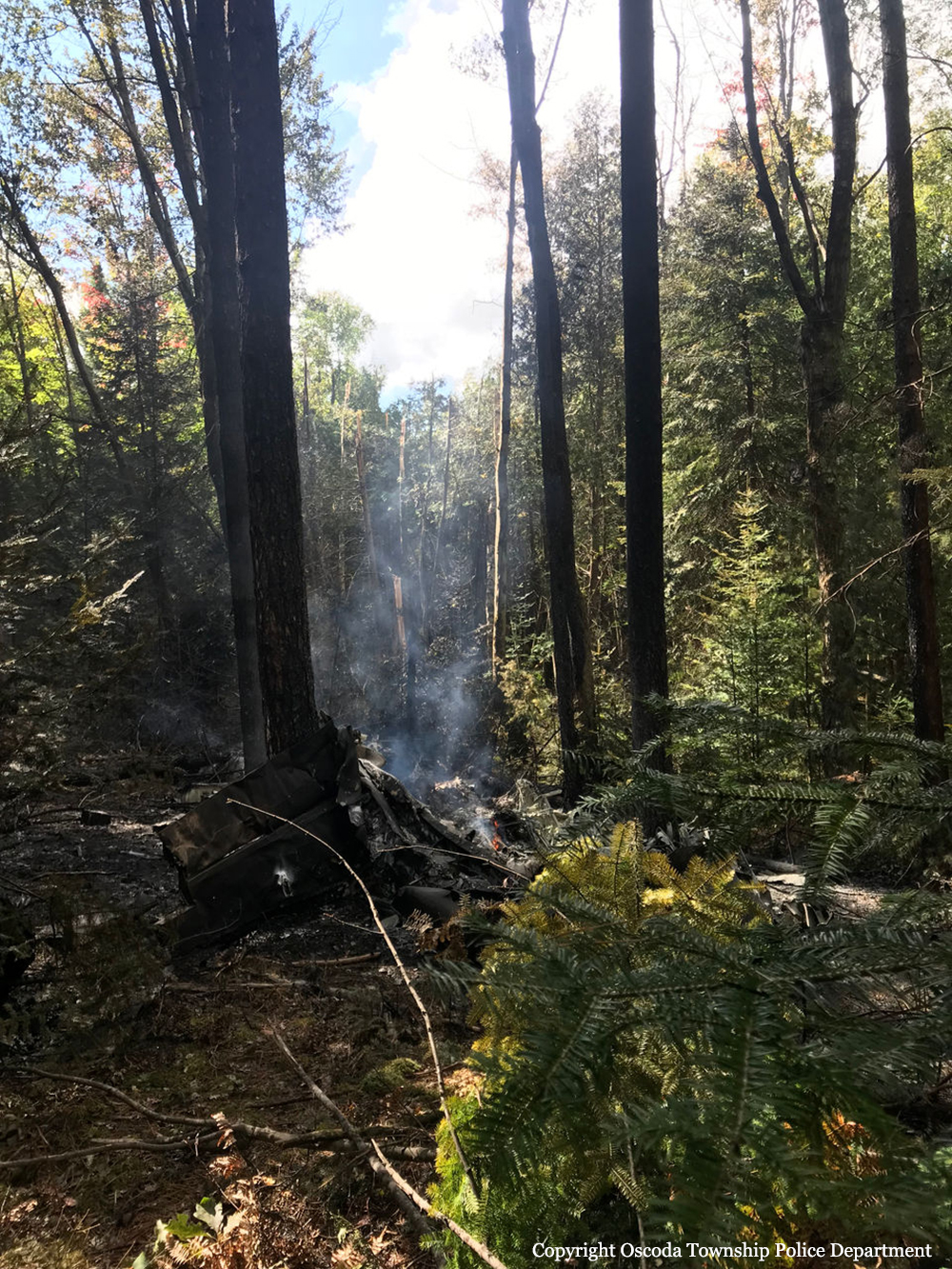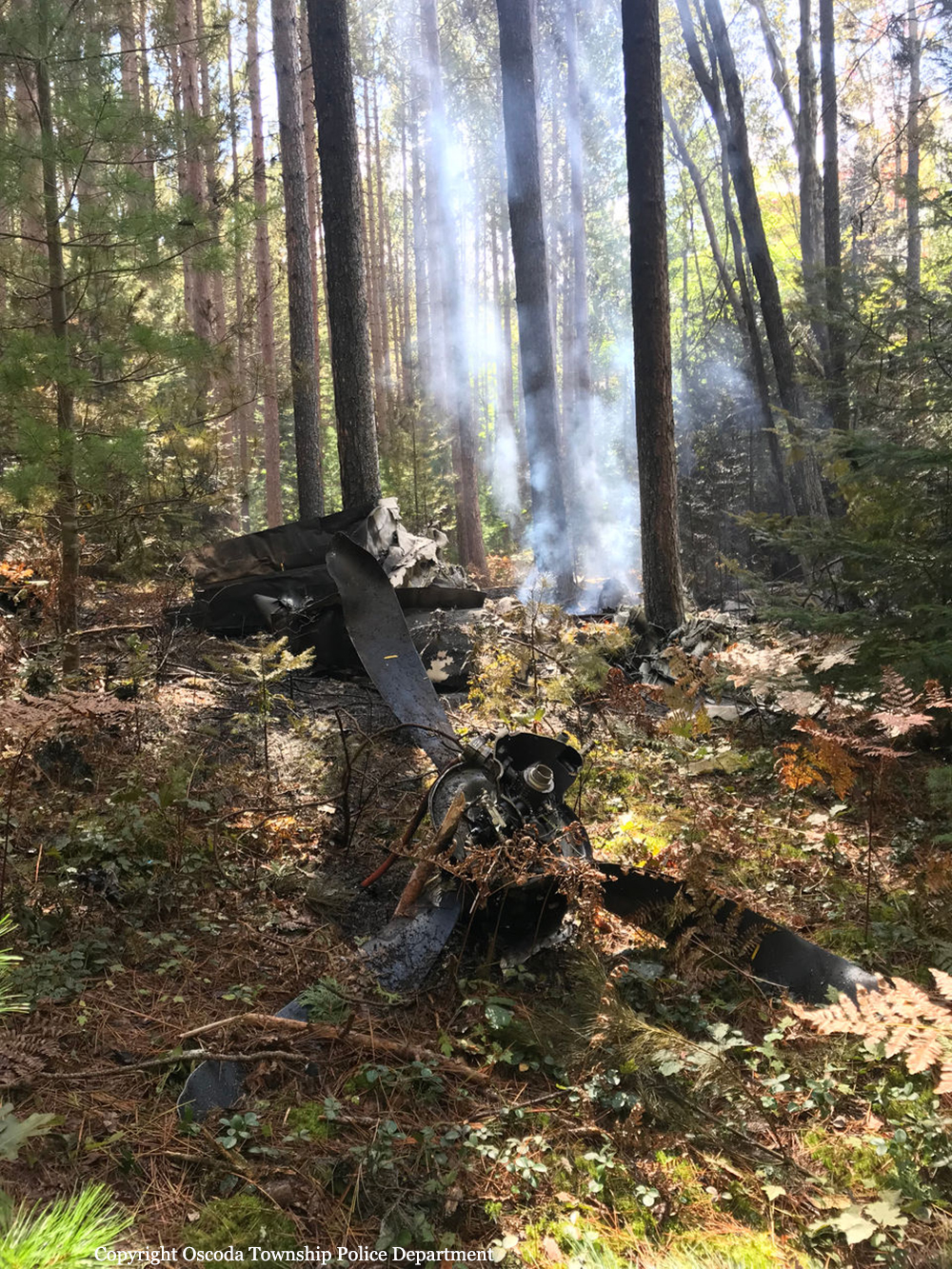Crash of a Hawker 800XP near Bath: 3 killed
Date & Time:
Oct 16, 2025 at 1727 LT
Registration:
XA-JMR
Survivors:
No
Schedule:
Battle Creek - Battle Creek
MSN:
258530
YOM:
2001
Crew on board:
3
Crew fatalities:
Pax on board:
0
Pax fatalities:
Other fatalities:
Total fatalities:
3
Circumstances:
The airplane departed Battle Creek-Kellogg Field-Executive Airport Runway 23R at 1708LT on a post maintenance test flight, carrying three crew members. After takeoff, the airplane bounded to the northeast then reached the assigned altitude of 15,000 feet before proceeding over Lansing. Apparently while performing stall maneuvers, the crew lost control of the airplane that entered a spin and crashed about a minute later in a field located near Bath. The airplane exploded on ground and was totally destroyed. All three occupants were killed. It was reported that the airplane arrived at Battle Creek Airport on 25 March 2025 and the present flight was the first since this date.





